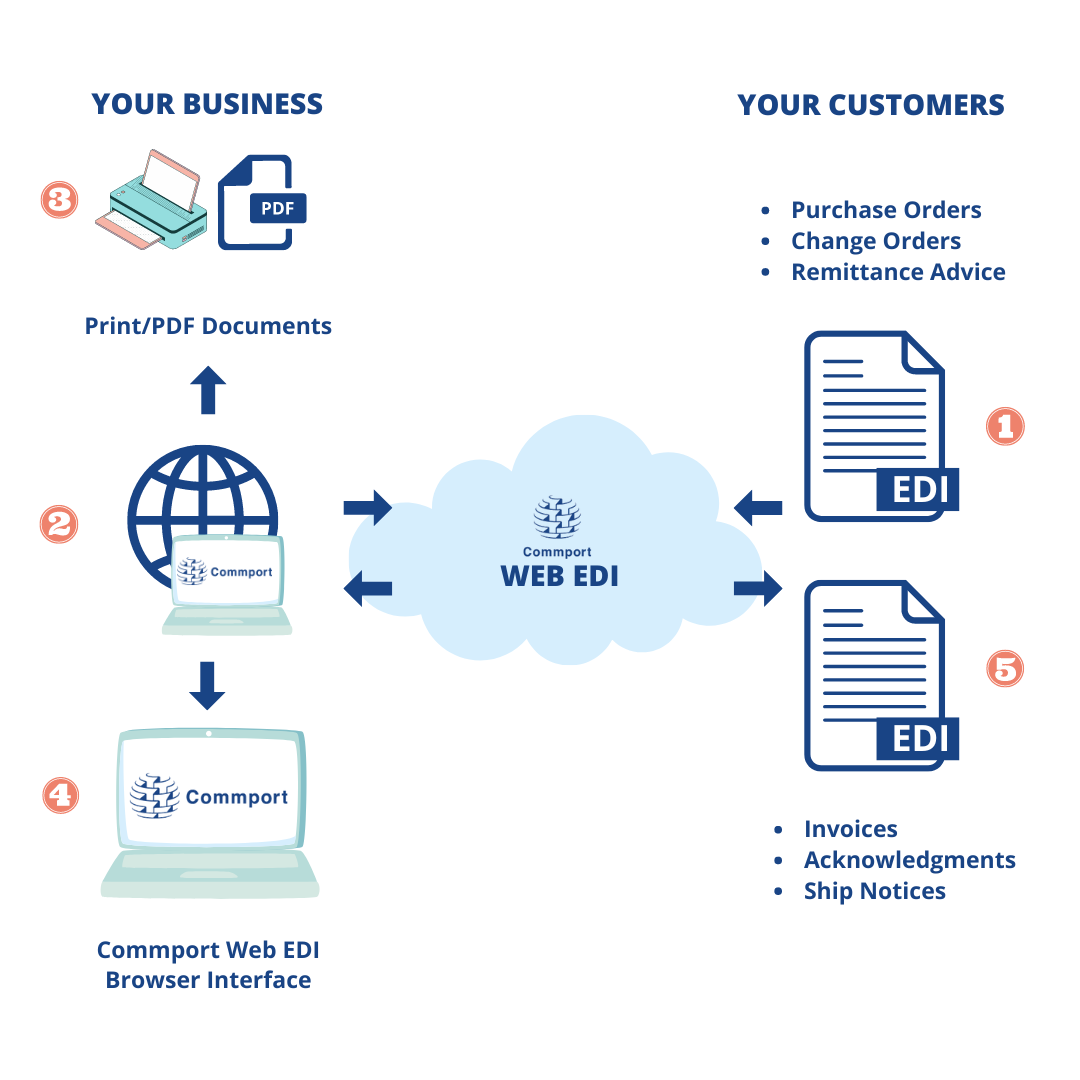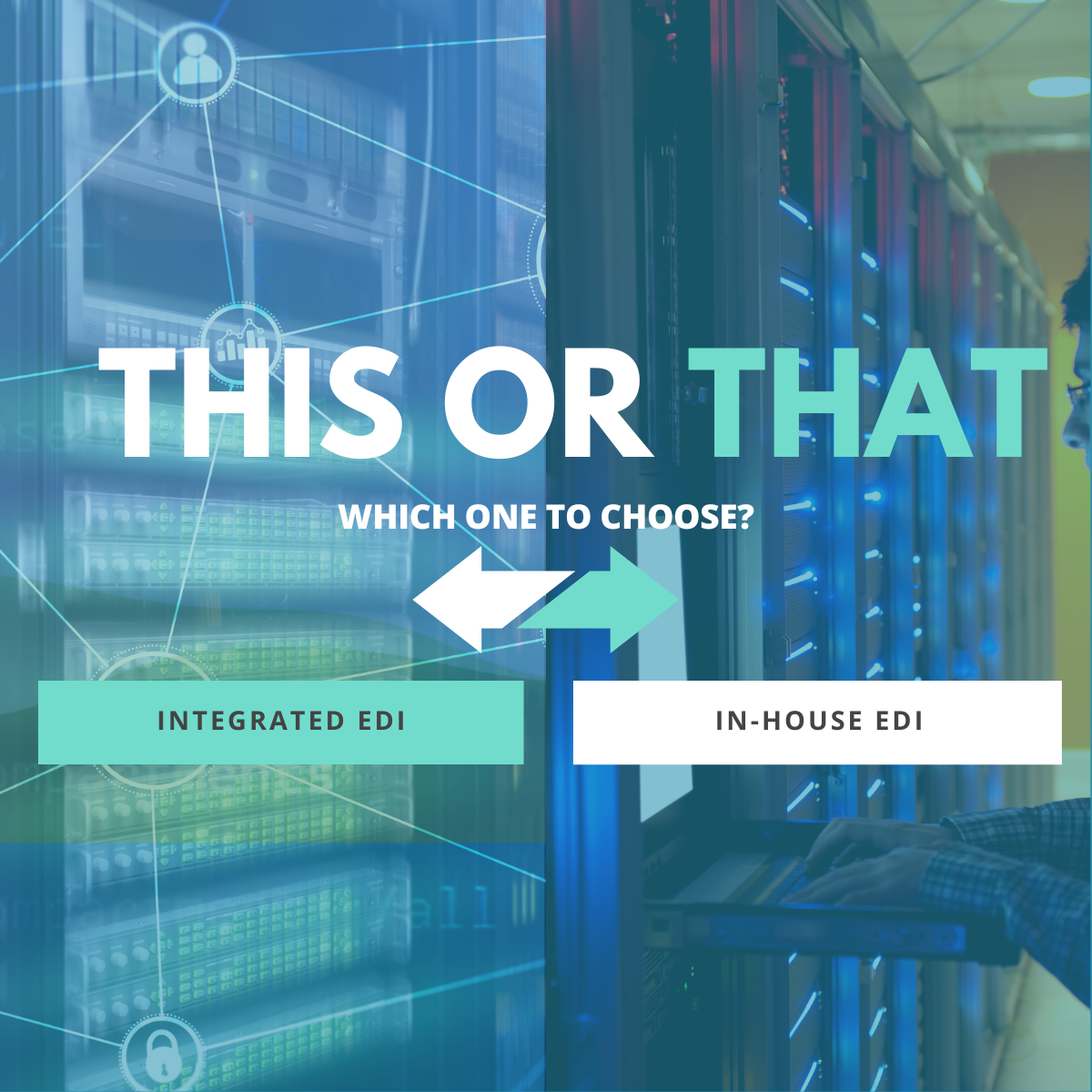Introduction B2B data exchange has become more important than ever as more and more businesses are adopting digital transformation and moving away from old-school manual data entry and paper-based processes. One such technology that is helping in this transition is web EDI. EDI allows companies to exchange business documents electronically in a standardized format. While […]
Introduction to Communication Protocols In the intricate world of Electronic Data Interchange (EDI), efficient data transmission is paramount. Several communication protocols vie for prominence, each with its strengths and applications. Let’s explore four key communication protocols—FTP, FTPS, sFTP, and AS2—providing insights into their unique features, how EDI is employed within each, and a comprehensive comparison […]
Introduction Finding the right EDI vendor is crucial for businesses who are looking to become EDI compliant. EDI helps streamline your operations, reduce data errors, and improve efficiency. With an array of options available in the market, it can be overwhelming to make the right choice. In this blog, we will help you navigate the […]
Introduction The global business landscape is rapidly evolving, and enterprises are constantly seeking innovative ways to stay ahead of the curve. One area that has witnessed significant transformation is supply chain management. With the advent of advanced technologies like artificial intelligence (AI) and machine learning (ML), businesses now have access to powerful tools that can […]
Introduction Businesses often face a situation where they have to make critical decisions regarding implementing EDI solutions. Some common deciding factors often involved are costs, time, and resources. The two prominent contenders in this landscape are Integrated EDI and In-House EDI. As an EDI expert, it’s essential to unravel the complexities of these systems, guiding […]





